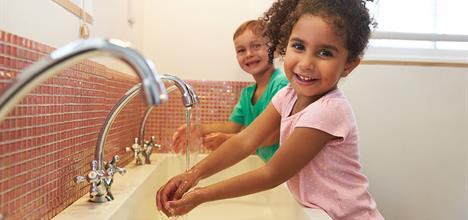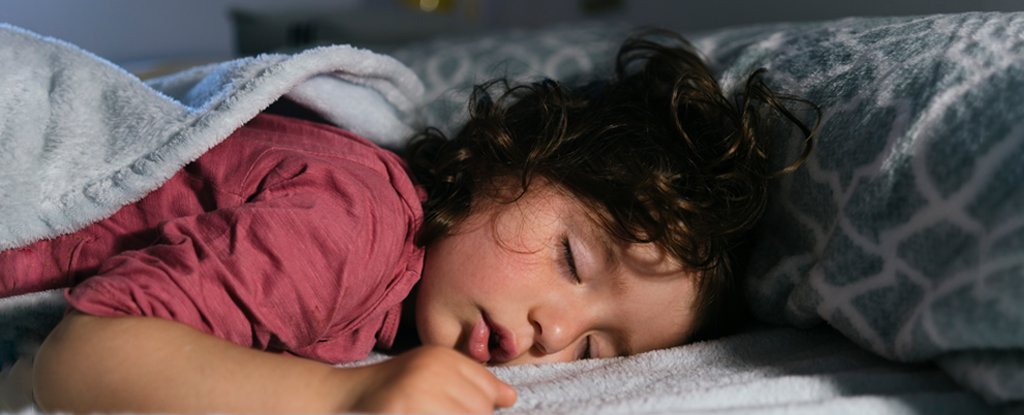Protecting Children : Coronavirus Alert Guidelines
"It is intended that this guidance will support PHAs to provide advice to school and childcare administrators to reduce opportunities for transmission of the virus that causes COVID-19 in schools and childcare settings. This guidance is based on currently available scientific evidence and expert opinion and is subject to change as new information on COVID-19 becomes available."
"Virus transmission in the school/childcare setting, as well as in the home and community, is amplified as students/children are generally less compliant with effective hand hygiene and respiratory etiquette practices, they socialize with other students/children in a way that is likely to increase transmission and they can shed the virus up to twice as long as adults."
Public Health Agency of Canada
 |
| healthychildren.org |
The novel coronavirus that is sweeping the globe, out of China, has swiftly become a universal concern in its affect on vulnerable populations. Children have not been recognized as being particularly threatened by the virus. Its malign effects are seen for the most part in the elderly, those over 80 years of age, those with compromised immune systems, and people with underlying health concerns. On the other hand, there have been reported cases where people in their 20s and 30s have been morbidly afflicted.
There is much more that is unknown about the effects of this new virus than has as yet been revealed. And needless to say the spread of the infection, its pandemic status, and the fact that while a large proportion of those infected experience only mild symptoms, and a very small minority are threatened with death, doesn't make its potential presence in a classroom via one infected child any less frightening a prospect for parents whose first thoughts always are with the health security and safety of their children.
 |
| sciencealert |
The number of reported COVID-19 cases in children remains low: of more than 44,000 confirmed cases from China, only 416 (less than 1 percent) were aged nine years or younger. No deaths were reported in this age group."
"In Australia, only one child has so far had confirmed COVID-19 infection."
"It remains unclear whether the low numbers of child infections recorded is due to:
"If large numbers of children are not getting sick, why does it matter?"
- low numbers of children being exposed to the virus
- low numbers of children being infected, or
- low numbers of infected children developing symptoms severe enough to present for care.
"If children are infected yet have milder symptoms, they may still play a critical role in COVID-19 transmission. Children are mobile, shed large volume of virus, congregate in groups and are at lower risk of severe disease so often maintain their daily activities."
"Preventing school-age children getting infected with influenza has been shown to be an effective community prevention strategy. In the absence of a COVID-19 vaccine, school closures may need to be considered when looking at ways to decrease community spread, if children are found to be key transmitters of infection.
sciencealert
Children are impressionable; exposure to a situation which obviously frightens the adults around them, causing illness whose final effects are unknown, will have a profound effect on their sense of well-being. The Public Health Agency of Canada has seen fit, at a time when Canada is just beginning to experience the first impacts of a growing infection rate, to alert teachers and caregivers to the role they can play in detecting the presence of the virus through someone infected, so that steps can be taken to protect other children from infection.
"Surgical masks in school or childcare settings are not recommended as these are not settings where people are typically trained on their use and there is a potential risk of infection with improper mask use and disposal. In young children in particular, masks can be irritating and may lead to increased touching of the face and eyes.""If students are self-isolating at home, measures are in place to provide meaningful homework to students so they do not fall behind in their studies and they can maintain a sense of meaning and belonging. Consider flexible/relaxed approaches to missed work due to self-isolation or illness.""Consideration can be given to having students fill water bottles rather than having them drink directly from the mouthpiece of the fountain."Public Health Agency of Canada
While the public health agency recommends that schools affect a "relaxed" attitude to missed homework for isolated children whose illness keeps them from school, it also recommends that proactive, protective steps be taken to disinfect the tools shared between children through the education system in an effort to prevent transmission of COVID-19. While acknowledging that children are the least affected by the virus given preliminary studies, educators are asked to stress to children good hygiene methods such as hand-washing and coughing into tissues.
That steps be taken to increase the numbers of hand-sanitizing stations, and making tissues available to children for their cautionary and routine use, makes good, common sense. The potential for virus transmission is obviously "amplified" in any situation where there are large gatherings, and school and childcare attendance is among those situations. Normal child interplay represents an opportunity for viruses to spread, and for viruses to be shed (contagion) more so than adult interchanges.
Alleviating concerns over the negative consequences of missing days of school in favour of persuading ill children to remain at home, represents yet another initiative to normalize the cautionary principles involved. Reducing transmission of COVID-19 is paramount in the assembled setting of schools and day-cares. Though children tend to be spontaneous in their behaviours, they are sufficiently pliable to be taught the basics of viral-contamination control, such as frequent hand-washing and coughing into an elbow as an example, to stop the spread of germs.
School officials' actions are also spelled out in the guide released by the Public Health Agency of Canada which has stated there is no recommendation as yet in closing schools preventively. The document focuses on how school officials should routinely react if and when indications are that a student is showing symptoms of respiratory illness, including COVID-19. Common sense should prevail; that a child identified with symptoms be separated with guided gentleness and as swiftly as possible from other children. The same is true of staff members.
Regular cleansing and disinfection of high-touch surfaces is clearly vital in helping to reduce the risk of transmission. Objects frequently used by children such as pencil sharpeners, water-fountain knobs, shared electronic devices, school bus handrails, the document stresses, should be frequently cleansed. And while all this is going on, children have a need to be reassured as they are being routinely instructed in hygienic methods. A low-key approach to voicing concern while assuring children that their personal health and safety is of concern to everyone, would be helpful.
"A new virus such as the one that causes COVID-19 can create anxiety and be difficult for students and children to understand, especially if someone in their school or family is sick, or they see or hear troubling messages on the radio, Internet or television.""Students and children want to be heard. They do not need detailed information about events but they do need to talk about their feelings. Let them know they can ask questions."Public Health Agency of Canada
Labels: Cautionary Measures, Day Cares, Novel Coronavirus, Public Health Agencies, Public Health Agency of Canada, Schools

0 Comments:
Post a Comment
<< Home